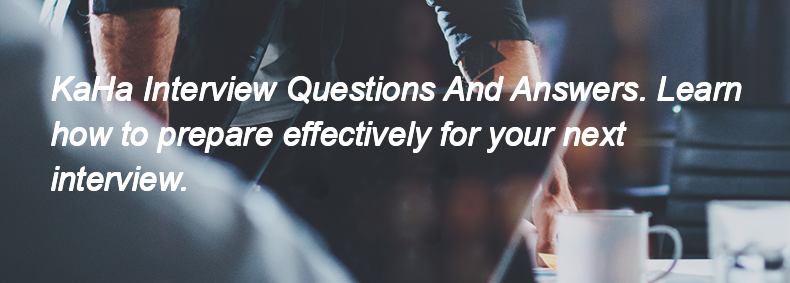Ques:- What are some examples of IoT platforms
Asked In :-
Automatic Infotech, Lotus Wireless Technologies, Smart Metering Systems, MG Motor, Microchip, KaHa, Cradlepoint, Allegion, Keyence, Amul,
Right Answer:
Some examples of IoT platforms are:
1. AWS IoT Core
2. Microsoft Azure IoT Hub
3. Google Cloud IoT
4. IBM Watson IoT Platform
5. ThingSpeak
6. Particle
7. Losant
8. Adafruit IO
Some examples of IoT platforms are:
1. AWS IoT Core
2. Microsoft Azure IoT Hub
3. Google Cloud IoT
4. IBM Watson IoT Platform
5. ThingSpeak
6. Particle
7. Losant
8. Adafruit IO

